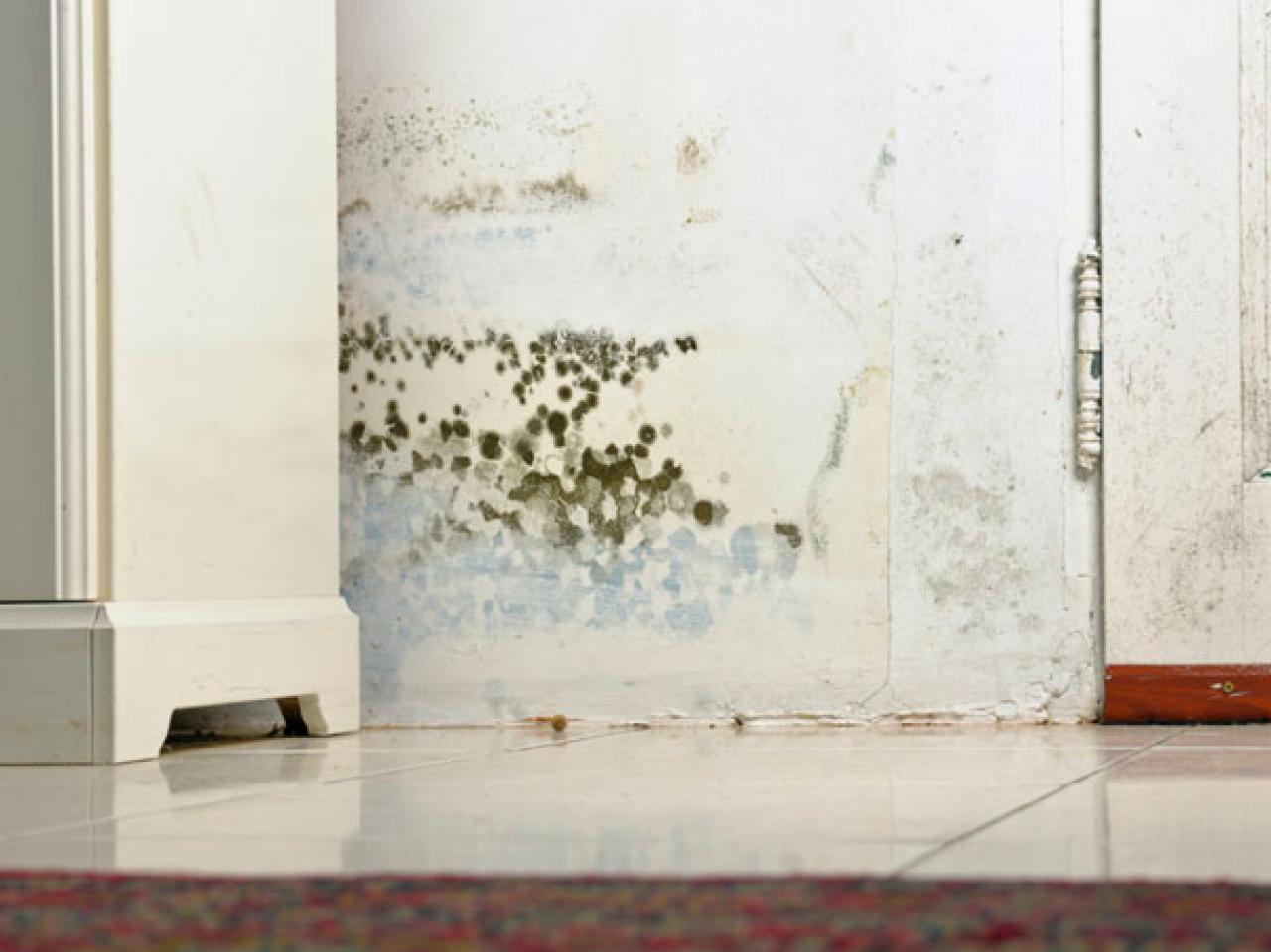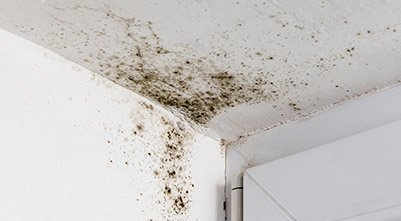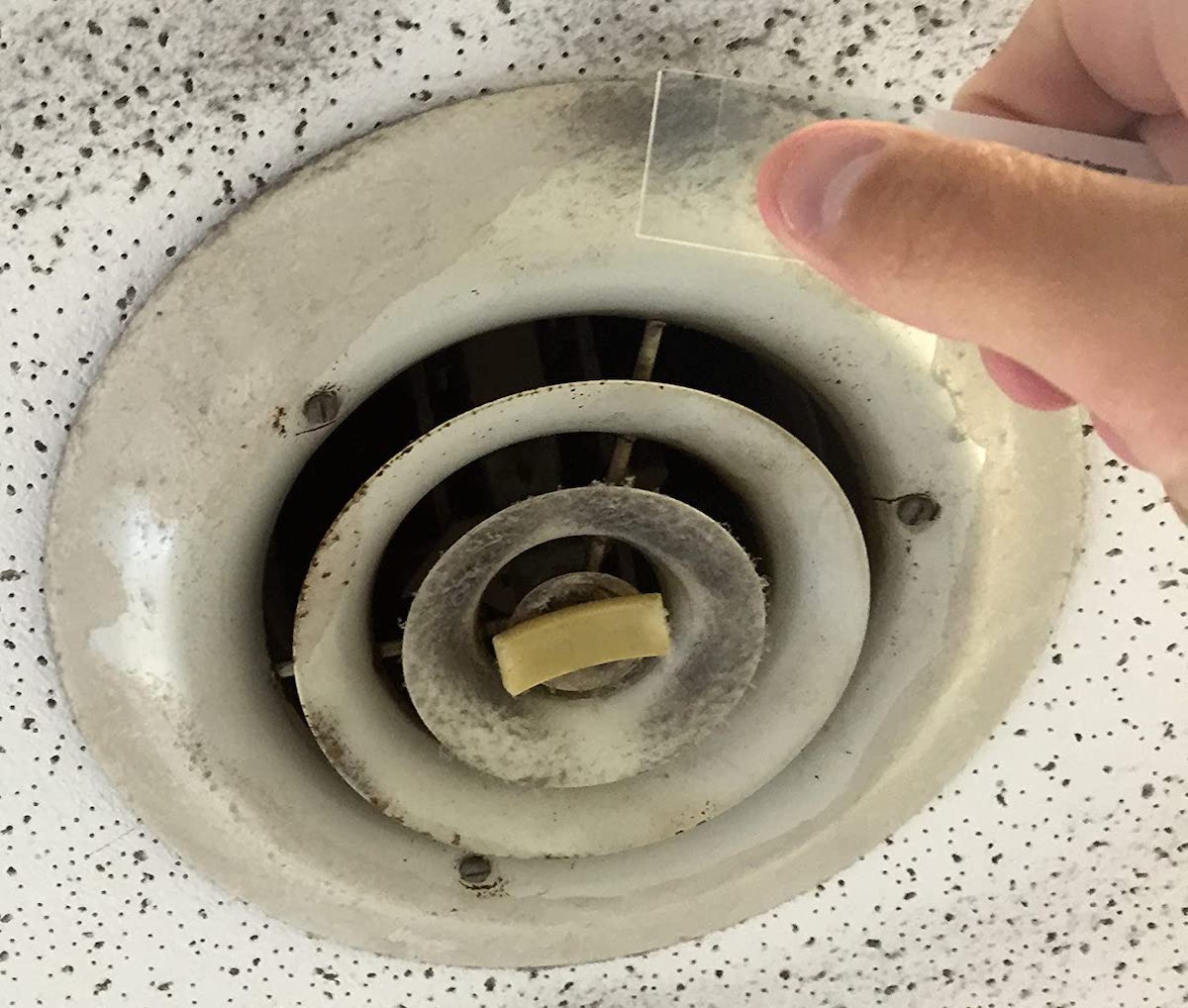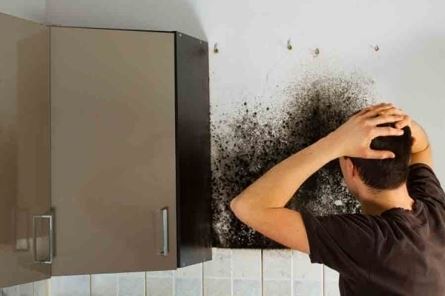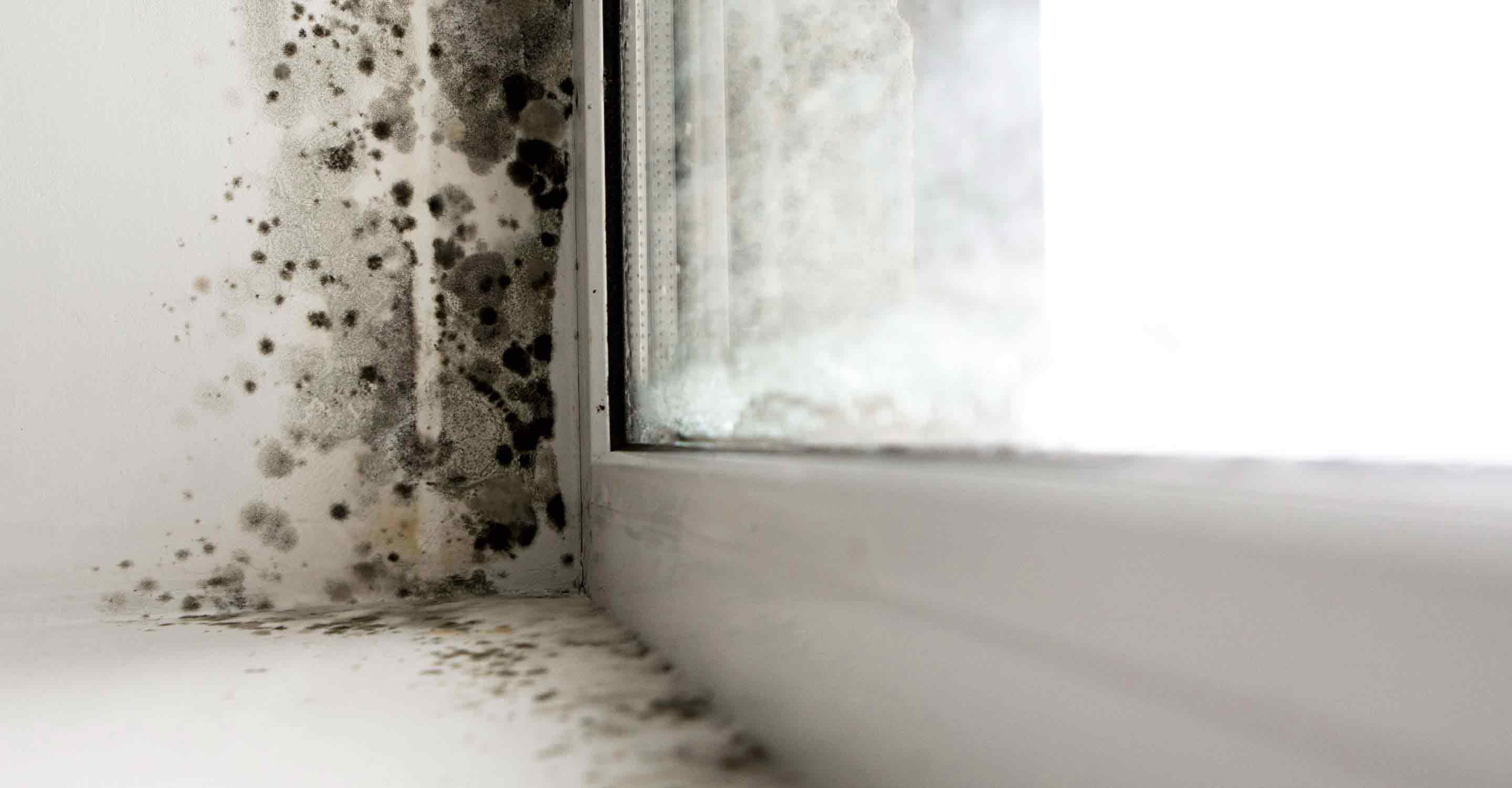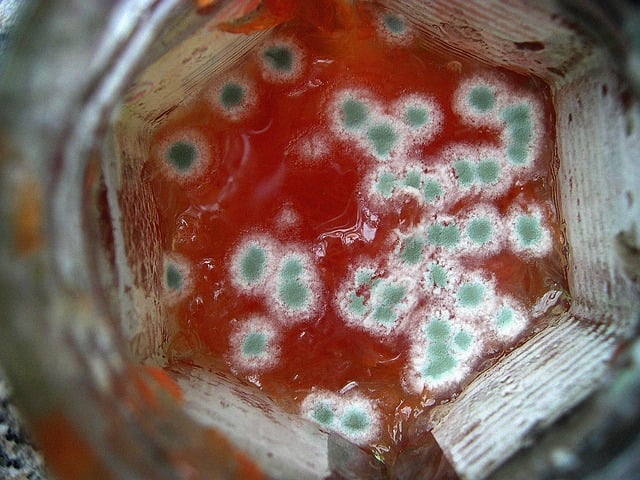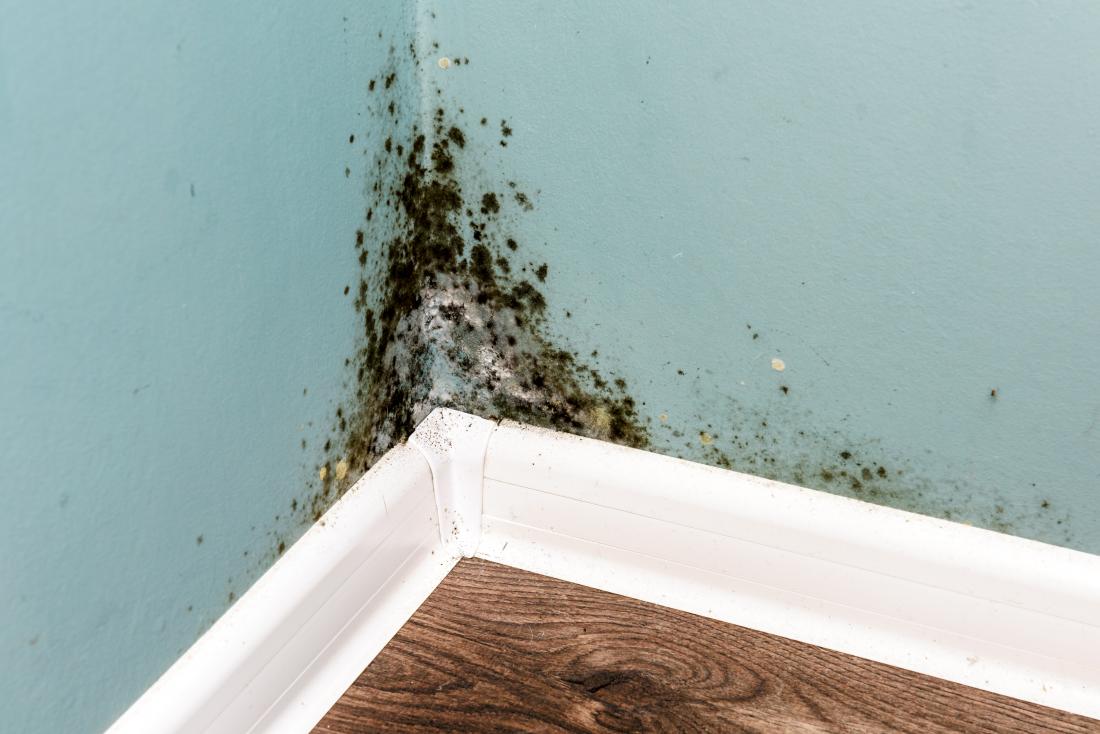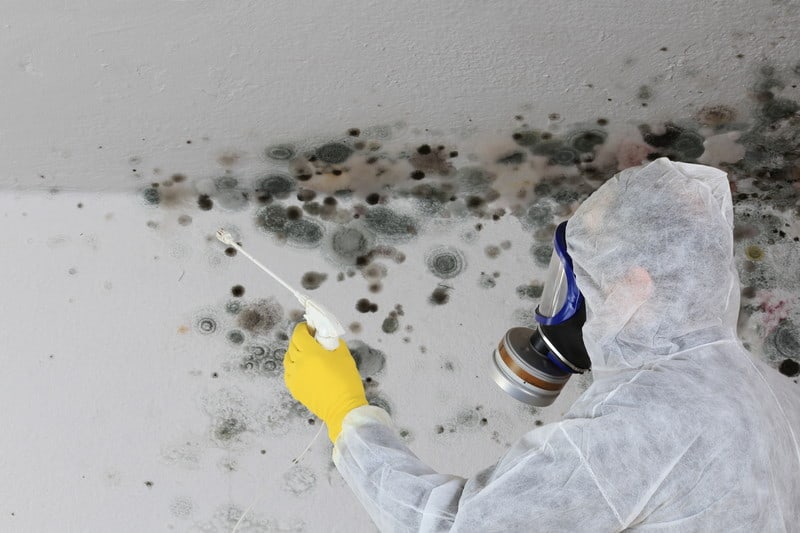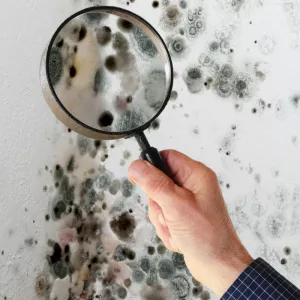Who Else Wants Tips About How To Detect Toxic Mold
/cdn.vox-cdn.com/uploads/chorus_image/image/67644013/iStock_168259571.0.jpg)
A test such as the viable test kit we learned about above will detect all kinds of.
How to detect toxic mold. However, if you suspect that you have been exposed to toxic molds, your doctor can run a few tests. It appears in the form of. What signs are there that mold is toxic?
According to the mayo clinic and others, some common initial signs that you may be affected by mold toxicity include: The first thing you want to look out for is a persistent, foul odor in any of your rooms. Up to 12% cash back checking off potential toxic mold syndrome & symptoms of mold in home.
How to detect toxic mold knowing whether you have a toxic mold problem. Recognize the natural characteristics of the organism will help in detection of visible mold. The symptoms of toxic mold syndrome and illness can be hard to.
Sneezing coughing running nose itchiness in the eyes, throat or nose dry. To do this, the company will collect air samples from the infected area and. According to the mayo clinic and others, some common initial signs that you may be affected by mold toxicity include:
This means avoid keeping doors between rooms closed for long periods of time. If you suspect or fear toxic mold is growing in your home, you wont need any special tests. The air testing is done to determine the type of mold and the extent of the infestation problem on the ground.
The dreaded black or toxic mold that you see in the headlines, stachybotrys chartarum, also know as stachybotrys atra, isn't a common mold, but it's not rare either. Closely inspect nearby vents, roof flashing, decks, window. When it comes to black or toxic mold in your home, you want it out as fast as possible.
Molds are part of the natural environment. Sneezing coughing running nose itchiness in the eyes,. Breathing black mold can lead to respiratory problems and o.
You’ll know it when you smell it. Measure from the moldy area to a reference point like a door, then find the spot on the other side of the wall or ceiling. Molds are usually not a problem indoors, unless mold spores land on a wet or damp spot and begin growing.
When investigating mold toxicity, there are two types of testing you should consider, environmental and lab testing. A blood test can help to determine if youve been poisoned by checking. For environmental testing of your home or workplace,.
The most direct way to test for mold toxicity is a urine test that measures for metabolites of mold and mycotoxins as well as glutathione levels (which can be depleted.

